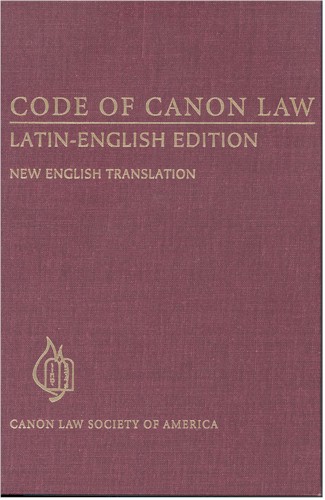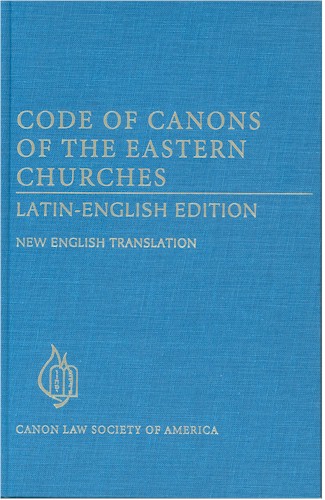|
To work for the proper implementation of canon law is to play an extraordinarily constructive role in continuing the redemptive mission of Christ. Pope John Paul II |
|
|
|
|
Resolution 1152 x 864 |
Updated 12 jan 2013 |
Review of Burton Yale Pines, Back to Basics (William Morrow, 1982) 348 pp. |
|
Edward Peters, Review of B. Y. Pines, Back to Basics (1982), in Reflections (Winter 1983) 8. |
Burton Yale Pines has done something rather unusual in recent social science publishing: He has written a genuinely useful book. By presenting respectable research in a direct prose, Pines has indeed produced “a journey through traditionalist America.” For those perhaps only vaguely aware that things do not seem quite as bad as they did in the ‘60s, Back to Basics depicts just how much things have improved since then.
Pines builds his study loosely around two broad, often over-lapping “strata” within the traditionalist movement – economics and morality. Writing as a responsible reporter, Pines generally limits himself to the facts of the traditionalist movement, refraining from too many personal suggestions or criticisms. Here, however, Pines rightfully allows himself the call for greater co-operation between those concerned with economics and those with morality. Pines particularly points out that the argument that ‘divisive’ moral issues be “back-burnered,” lest they prevent repair of our battered economy, lacks empirical support.
A long-simmering discontent with continuing governmental encroachment upon business, and deepening fears over the besieged state of the family, were galvanized, says Pines, in the late ‘60s, and early ‘70s, thus preceding Reagan’s election by a decade. Pines is correct: “The traditionalist movement, after all, did not begin with Ronald Reagan – and it will not end with him.” Rather, it would seem that the Reagan administration serves more and more as a flag around which to rally the troops. And there is more to that than meets the eye.
Pines asserts, probably quite rightly, that the excesses of liberalism brought out the recent concerted resistance by traditionalists. Like Cinncinatus, thousands of “plain folks” left office, shop, farm, and home to do battle with the liberal Leviathan; but, unlike Cinncinatus, the enemy here is not so clearly defeated – notwithstanding Pine’s occasionally pithy treatment of liberalism’s set-backs - and the troops, not having such an obvious foe, at least need a clear leader. A conservative administration could provide that leadership.
Mention has been made of the sometimes superficial treatment of topics in Back to Basics. For example, in one sentence, Pines recounts liberalism’s shift from emphasizing equality of opportunity to demanding equality of results, a shift of the utmost importance. Now, to some extent, word economy is to be valued in a work like Pines’; it was no easy task he set for himself: to chronicle the turn of grass roots America to traditionalism. Still, Back to Basics is not a definitive treatment of its subject, and Pines might have made that a little clearer, especially to his neophyte conservative – or liberal, for that matter – readers.
Moreover, the problem of terminology is present in Pines’ work, as indeed it is throughout conservative thought. What Pines calls “traditionalist,” this reviewer is more inclined to identify as “conservative,” the term “traditionalist have a more specific meaning within conservative thought, (though for purposes of this review, Pines’ terminology is used). Pines is however, neatly consistent with his use of terms, and whatever differences may exist between his terms and those of others are not so great as to detract significantly from the value of his study.
In the course of his journey through traditionalist America, Pines touches base with nearly every major segment of his subject: the corporate counter-offensive (an exceptionally good chapter), raiding the bureaucracy, rejection of promoted promiscuity, the return of the core curriculum, and stiffening penalties for criminals. Among the admittedly too few books recording the rise of a traditionalist grass-roots America, Burton Pines’ Back to Basics has clearly taken the early lead. +++
|




